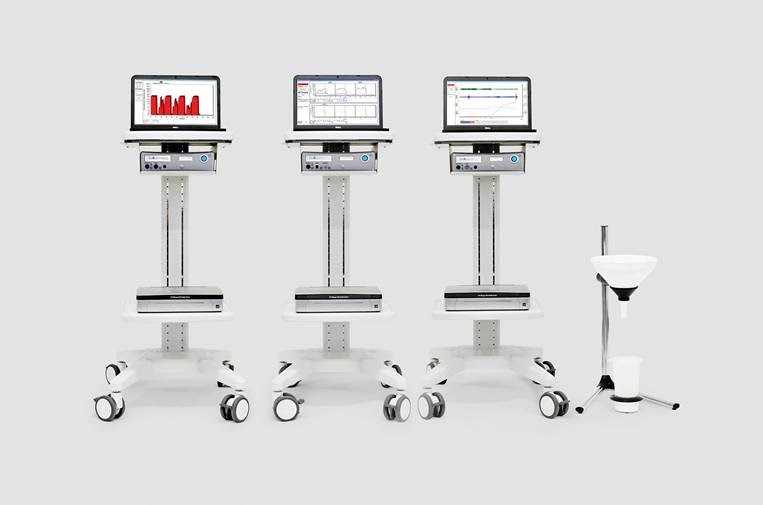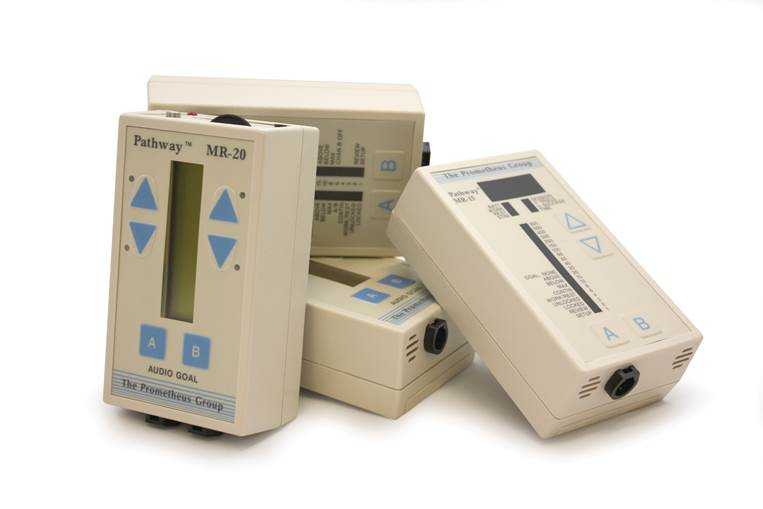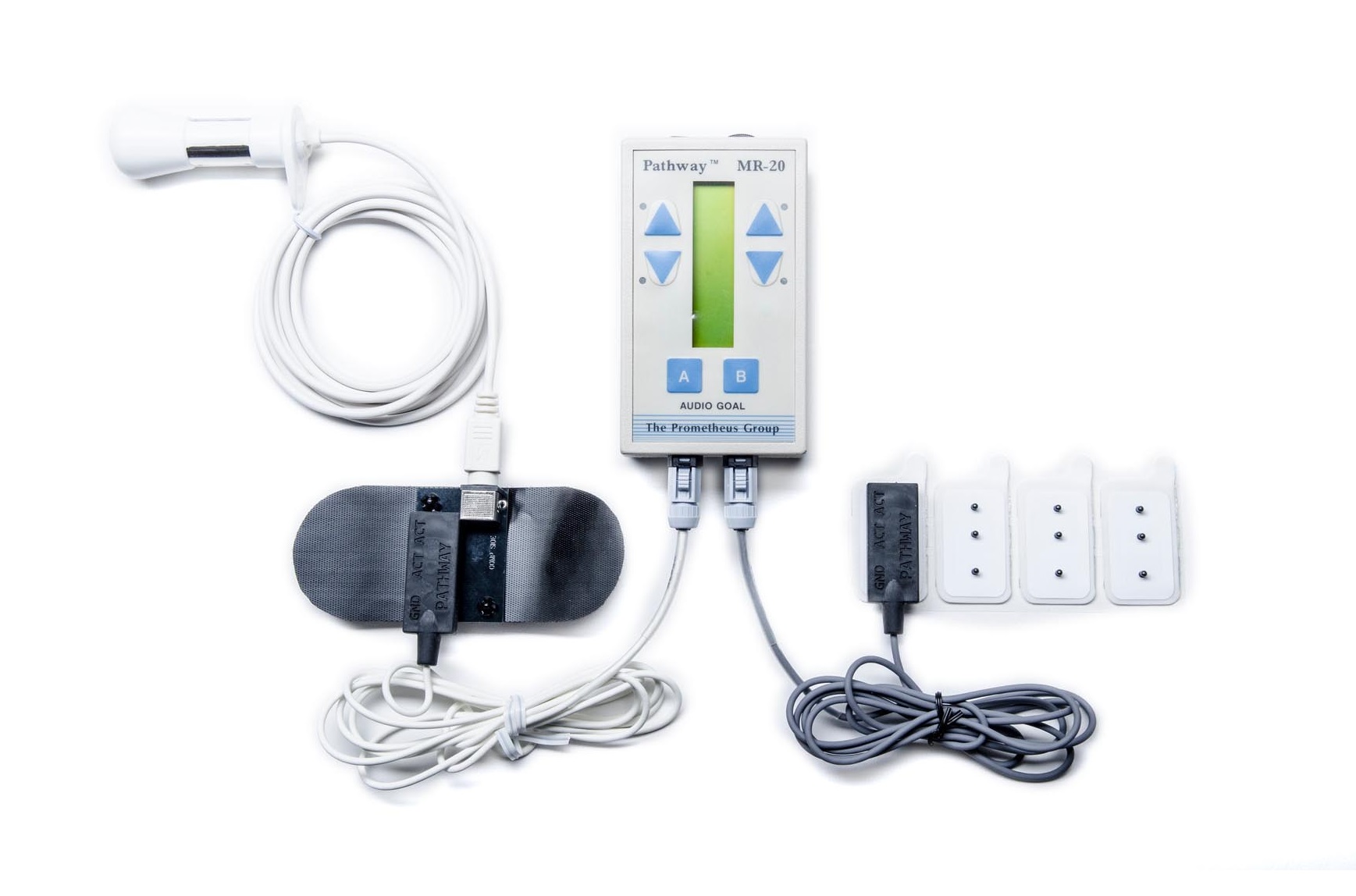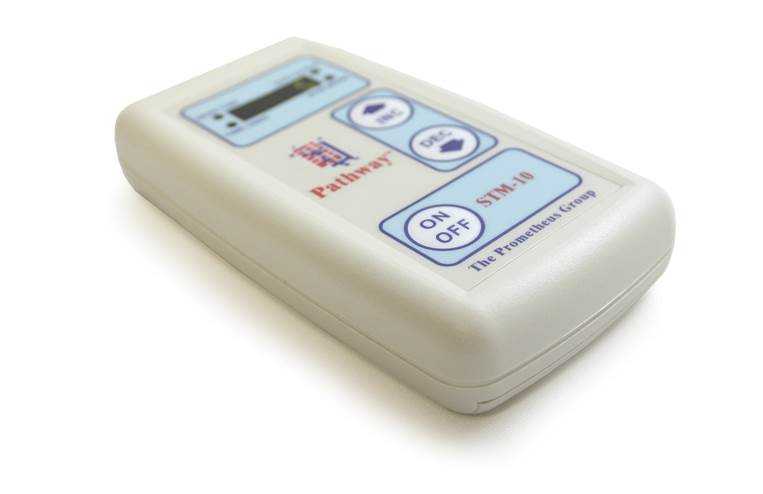Price: $375
Experience Level: Beginner
Contact Hours: 11 |
This continuing education seminar is a one-day course that introduces the participant to the use of biofeedback when treating bladder, bowel, and pelvic floor disorders. Participants will become acquainted with an amazing tool to enhance their practice. In this course, we will discuss the history, background/basics, and benefits of biofeedback when used to treat bladder, bowel, overactive pelvic floor, and other pelvic floor disorders. We will also review case studies with EMG signal analysis with the help of audience participation. The focus of this course will be introducing biofeedback equipment and software, administering a biofeedback assessment, conducting a treatment session, and patient instruction/education utilizing live demonstrations with audience participation. In the live lab, participants will experience using a self-inserted vaginal or rectal sensor and will practice sEMG assessments and treatments. Resources for additional training and board certification in this area of practice will be provided. Lab instructors are board-certified through the Biofeedback Certification International Alliance in Pelvic Muscle Dysfunction. This course is also approved for BCIA’s recertification hours for board certification. There are pre-recorded lectures that must be viewed prior to the live course.
Prerequisites
None. This is a beginner-level course.
Pre-Course Learning Requirements
10-14 days before the course, participants will receive an invite to join Teachable, an online learning platform. In Teachable, registrants will find video lectures, other pre-course learning materials, course manual files, mandatory liability waiver, and URLs for any Zoom meetings. We require registrants to complete teachable components in sequential order. Videos lectures are required and must be completed in-full before proceeding to the next Teachable section. At the conclusion of the course, registrants can access their post-test and course evaluation form to provide our curriculum team feedback on their experience, as well as download their certificate of completion - all via Teachable.
Audience
This continuing education seminar is targeted to physical therapists, occupational therapists, physical therapist assistants, occupational therapist assistants, registered nurses, nurse midwives, and other rehabilitation professionals. Content is not intended for use outside the scope of the learner's license or regulation.
Required Readings
1. Diagnosis, Treatment, and Prevention of Urinary Incontinence
2. The International Pelvic Pain Society Patient's Booklet on Chronic Pelvic Pain
3. Principles of Biofeedback by Professor Tim Watson (electrotherapy.org)
4. IUGA/ICS report on female pelvic floor terminology
5. Many participants find it helpful to review the anatomy of the pelvis and perineum
Required Supplies
A 2-channel sEMG biofeedback hand-held unit with software on a laptop or computer is required. The instructors will teach biofeedback with the Prometheus Telesis software. Participants can use MR-20, MR-25, EMYO, CTS 1500, or CTS 2000. The participants who are self-hosting will need a vaginal or rectal sensor and abdominal leads. Alternatively, participants can use external perianal electrodes. To use the disposable external electrodes, participants will need to have 2 Pathway Velcro adapters (PG-3660), 1 Pathway External Adapter (PG-7100), and Vermed sEMG disposable lead wire set (VM-A10057-S). Another option for external electrodes is the Pre-gelled sEMG Biofeedback Electrodes (DE-301) with a 24-inch external lead wire set (PG-5328).
Self-Hosted participants do not need partners. Participants can treat themselves using the equipment. If participants have a biofeedback system other than Prometheus (ex. Thought Technology), they can follow along, but the protocols will be taught using the Telesis software.
All items can be purchased on www.cmtmedical.com:
- Prometheus MR-20 Dual Channel sEMG Biofeedback Unit WITH Telesis Software
- Black Pathway Adaptor for internal sensors to connect to channel A (item PG-3660)
- Pathway Internal Vaginal or Internal Rectal Sensor (item PG 6330 or PG 6340)
- Pathway Surface EMG Electrodes for Abdominal Placement (PG 6750)
Hosted Locations ONLY
If you attend this course at a scheduled hosted location (NOT self-hosted) then the equipment will be supplied by our biofeedback vendor, Current Medical Technologies.






